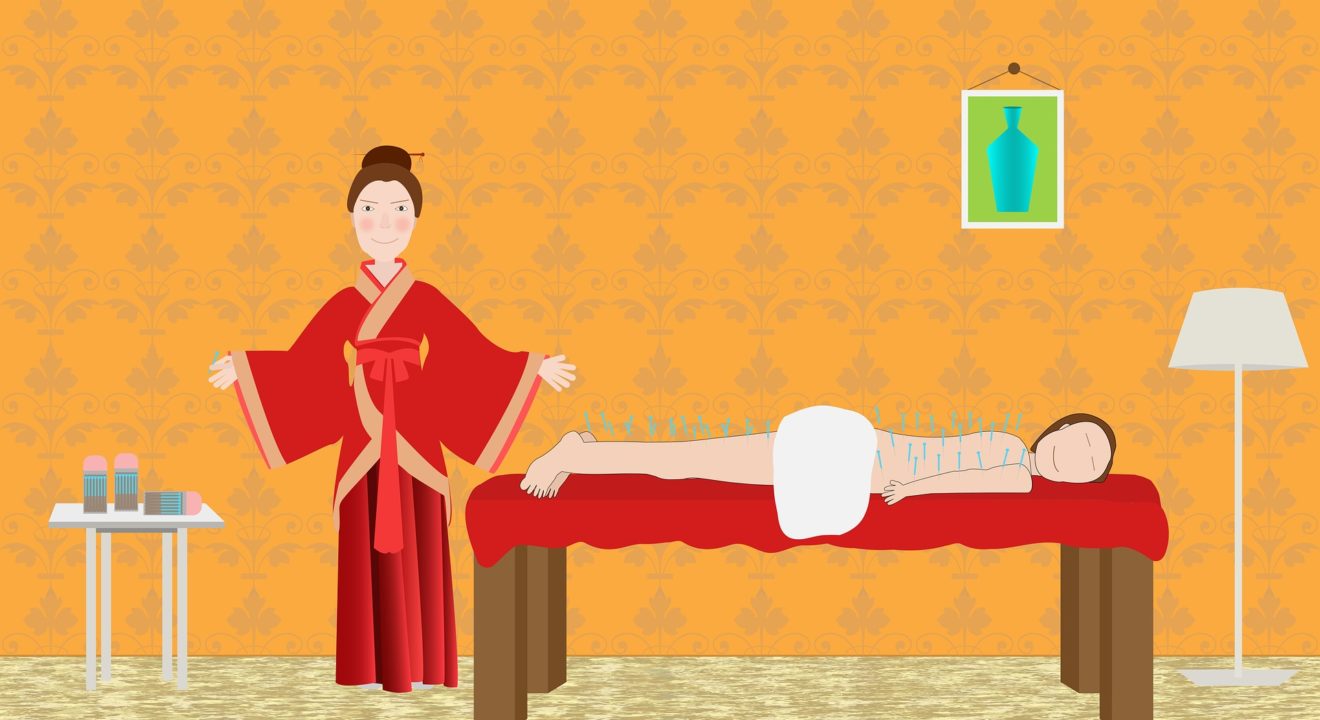Relationships June 19, 2018
Therapy for trauma is within reach.


Disclaimer: I am not a medical professional and this is not a treatment recommendation.
At some point in our hectic lives, talking to someone really helps. Thanks to the decrease in stigma surrounding therapy, it’s now easier than ever to get the treatment you need. However, for others, treatment is absolutely necessary.
According to the U.S. Department of Veteran Affairs, there is a strong link between PTSD and suicide. Trauma patients need a special type of therapy focusing on their past events in order to help them cope and live a happy life.
New treatments now more than ever are needed to help people with different trauma types get better. Here’s a list of 5 controversial treatments that could improve how patients deal with trauma.
The British Acupuncture Council reports that acupuncture is “equal to or better than” traditional treatments, but there are still some hurdles to pass before it is considered a legitimate treatment of trauma.
The small sample sizes of groups, inconsistency in research methods and lack of funding make results inconsistent and answers unclear. Some doctors agree acupuncture is best when accompanied by more traditional methods of treatment.
EDMR stands for Eye Movement Desensitization & Reprocessing. Although the abbreviation is way too long, don’t be intimidated. It’s actually a pretty easy technique to understand.
Basically, EDMR asks patients to focus on a specific traumatic event while gazing at a therapist’s hand as it moves move back and forth. The goal is to develop a patient’s skills for dealing with the trauma in the future.
It may sound silly, but some studies have actually found a 60 percent decrease in depressive symptoms after the treatment. That same research checked up on the patients one year later and found they still showed reduced depression and relapse rate.
While the treatment does show promise in certain studies, it still remains controversial.
A Scientific American article reports there is little to no evidence supporting that it is better than other methods, which explains why this effective treatment is still mostly unheard of.
MDMA is currently listed as a schedule 1 drug by the DEA, but research is being done to note the effects it has on helping trauma patients.
One organization, MAPS (Multidisciplinary Association for Psychedelic Studies), dedicates its time to researching the positive effects of psychedelic use in treating different types of trauma. Michael Mithoefer, MD, writes in a MAPS newsletter that MDMA allows patients to process their fears more easily because the drug makes them more open and comfortable.
Use of the drug still remains controversial because of its street reputation and drug overdose potential.
Nonetheless, the FDA approves of the drug’s use on PTSD patients in controlled studies. There could be hope MDMA’s credibility in treating trauma after all.
Renowned trauma therapist Bessel van der Kolk, M.D., is a huge fan of this method. His research shows a significant decrease in trauma symptoms with consistent yoga practice when compared to the control group.
Traumacenter.org, an organization who helps patients suffering from trauma-related issues, also highly supports using therapy to alleviate symptoms.
The research behind the use of yoga is still up for debate due to the small sample sizes of research groups and use of anecdotal evidence to support claims.
Exposure therapy asks patients to confront their trauma over and over again by until they are desensitized to it.
While this is a commonly used and well-known method, doctors like van der Kolk believe that it has been the “gold standard” treatment for far too long. He argues that trauma doesn’t have to do with the mind but actually the body.
There are many standards for treating trauma, but new research is being done to explore out-of-the-box ways to get patients the help they need. Some old methods like exposure therapy are being replaced by EDMR and yoga, while others like acupuncture still have skeptics.
All in all, it’s important to consider these treatments as options and not definite answers. One size doesn’t fit all.
If you suffer from trauma the road ahead may look gloomy, but don’t give up. Exploring your options is the only way to find out what works for you.